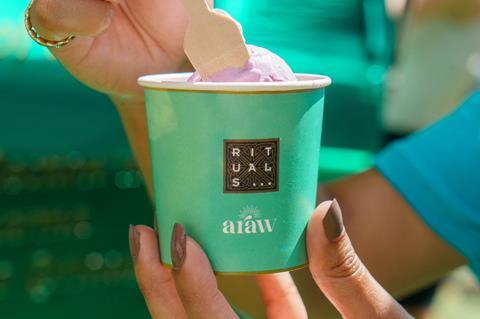
Pop-ups are a increasingly popular way for marketeers to create excitement. That’s particularly the case for beauty and fashion brands, while food and drink has mostly ‘dabbled’ in the format. So what can food and drink learn from this growing trend?
A useful place to start is to understand why pop-up shops continue to be an ever-growing trend, and why beauty and fashion brands are relying on them to address their key challenges.
We first started seeing brand experience pop-up shops meaningfully appear around 10 years ago, but we have seen a surge in popularity post-Covid. Some industry insiders say this is down to the increase in retail unit availability on the high street, and consumers’ desire to connect with physical experiences.
This is a valid rationale, but we believe the trend is being driven by marketeers who realise pop-ups offer a unique solution to the challenges brands face in a predominantly digital marketing landscape. Using a pop-up format, they can gain cut-through in a digital-driven world, engage with their passionate community, and create more immersive experiences that generate authentic content. Beauty and fashion brands exist in an ultra-competitive landscape, and pop-up shops are uniquely placed to deliver against these objectives to make them stand out.
To understand how to create a successful pop-up shop, brands need to think consumer-first. Often brands tend to think of pop-ups as a more exciting version of their existing retail formats, with the primary goal of driving sales. For consumers, a great pop-up shop has an exciting and newsworthy creative concept and is a destination event. It’s something they would plan to visit with their friends. They expect it to have exclusive product offers, free samples and immersive experiences.
The core strategy of a pop-up is a value exchange between the consumer and brand. If done well, it will deepen brand loyalty, win over new audiences and drive mass awareness through PR, social content and physical visibility on the busy high street (think of the pop-up as a large interactive billboard in a busy shopping environment). Sales are, of course, important – but should be seen as a secondary result created by the excitement consumers feel from attending an amazing experience.
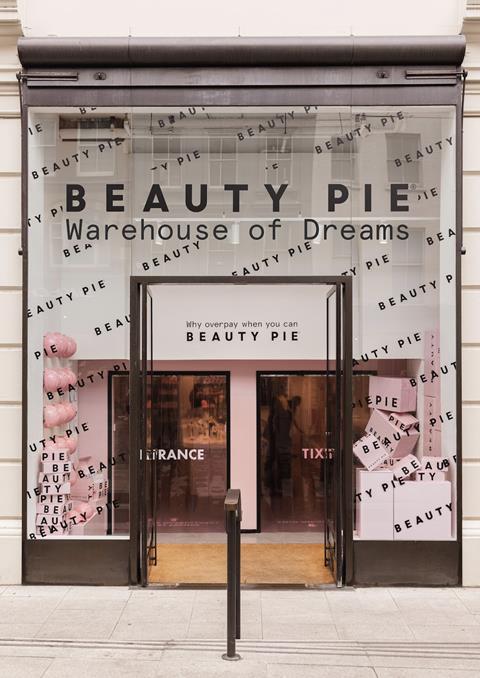
As an example, we created an immersive pop-up experience for the DTC beauty brand Beauty Pie, called the Warehouse of Dreams. Consumers took on the role of warehouse operatives donning pink hard hats and hi-vis vests to ‘do a shift’ picking through their favourite products, and collecting them from the warehouse stockroom at the end. This unique experience resulted in an average £20k sales a day over a 10-day period.
What does the current pop-up landscape look like? We are lucky to be at the forefront of the movement, activating pop-ups on an almost monthly basis for the likes of Beauty Pie, CeraVe, Marc Jacobs, Nespresso, Pandora, Rituals and Sezane.
Sadly for the wider UK, these pop-ups tend to be in London – not only due to higher footfall in the capital, but because of the value more progressive landlords see in keeping their retail experiences ‘fresh’. They tend to have a wider availability of retail units set aside for pop-ups.
We also see beauty and fashion brands seeking out F&B brand partnerships at pop-ups, to provide additional value to the guest experience and create another shareable brand moment. This could work the other way for F&B brands, who could bring exclusive brand partnership (or own) merchandise lines to the store to appeal to brand fans and fashionistas, or headline-grabbing partnerships with beauty brands – anyone for a Marmite lip gloss?
What does the future hold for pop-ups? We’re seeing the beginnings of brands asking for pop-up campaigns at a more regional level to expand their reach across the UK, and this is something we are keen to encourage. We find consumers outside of London react more enthusiastically to pop-up experiences due to the scarcity of these formats in their areas.
We are hopeful that as the pop-up category matures, more brands and UK landlords will appreciate the challenges pop-ups can uniquely overcome, and the consumer demand will make this a familiar sight on UK high streets.


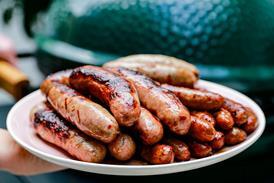
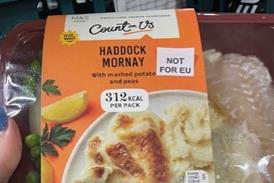
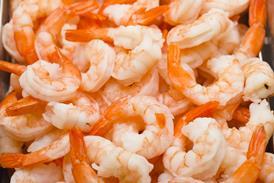
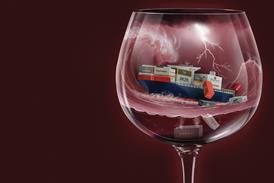
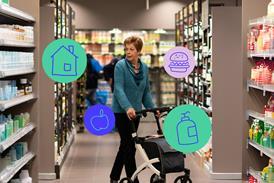

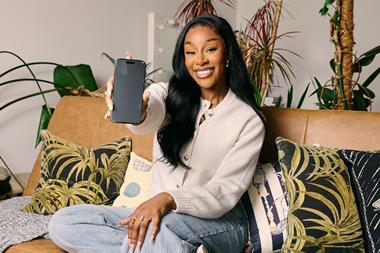
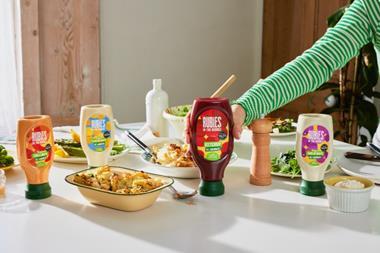
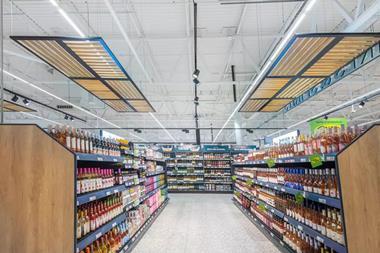
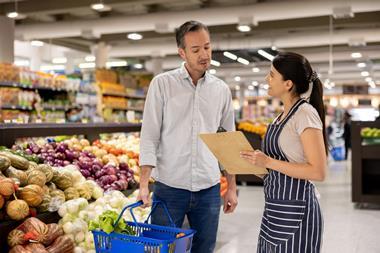
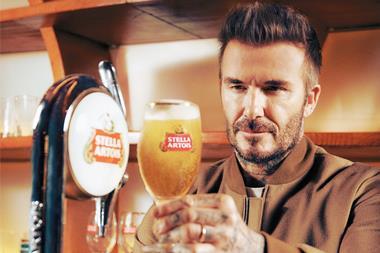
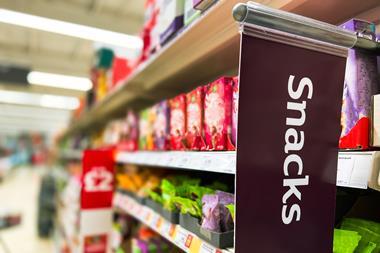
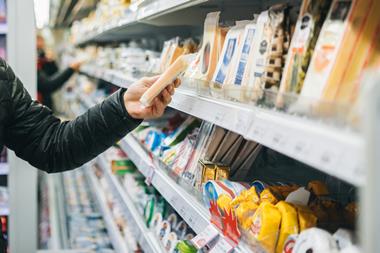
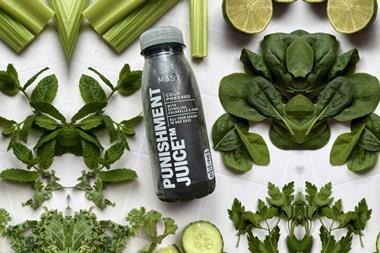
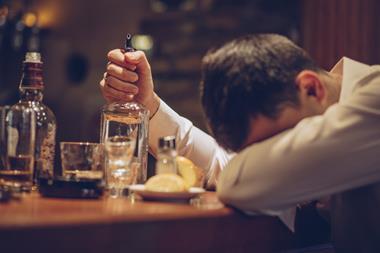
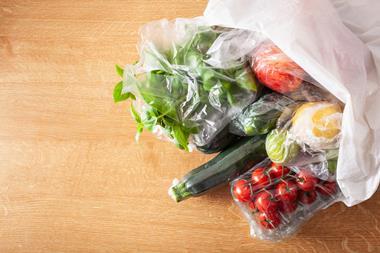

No comments yet